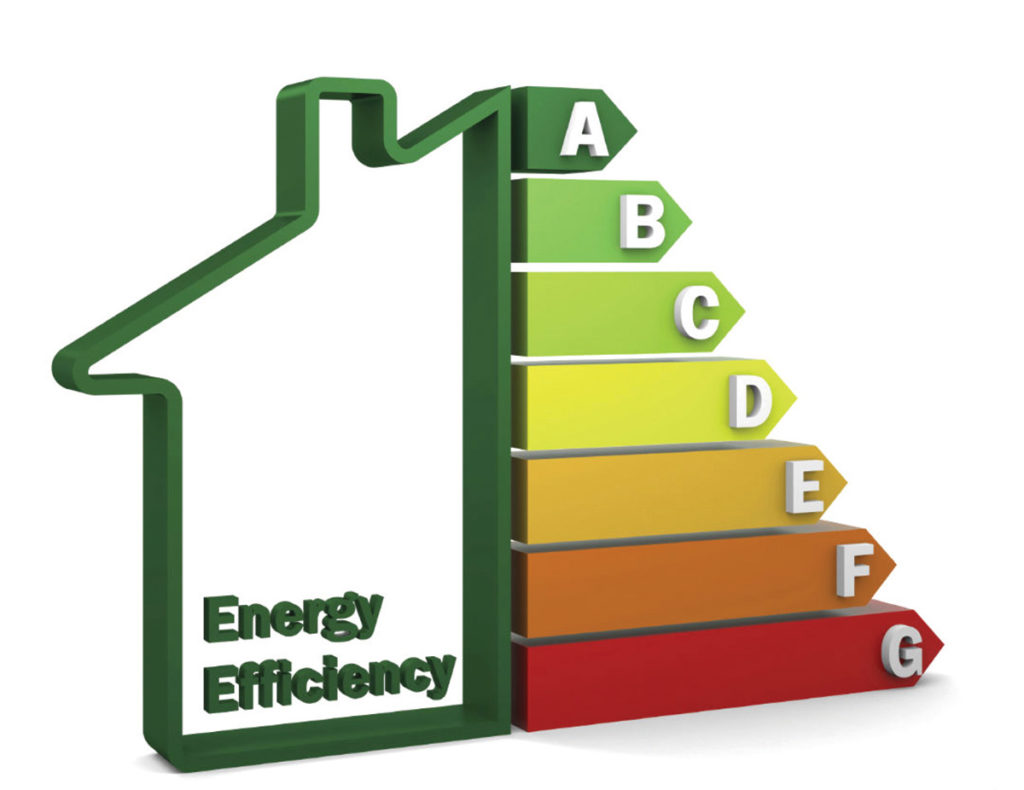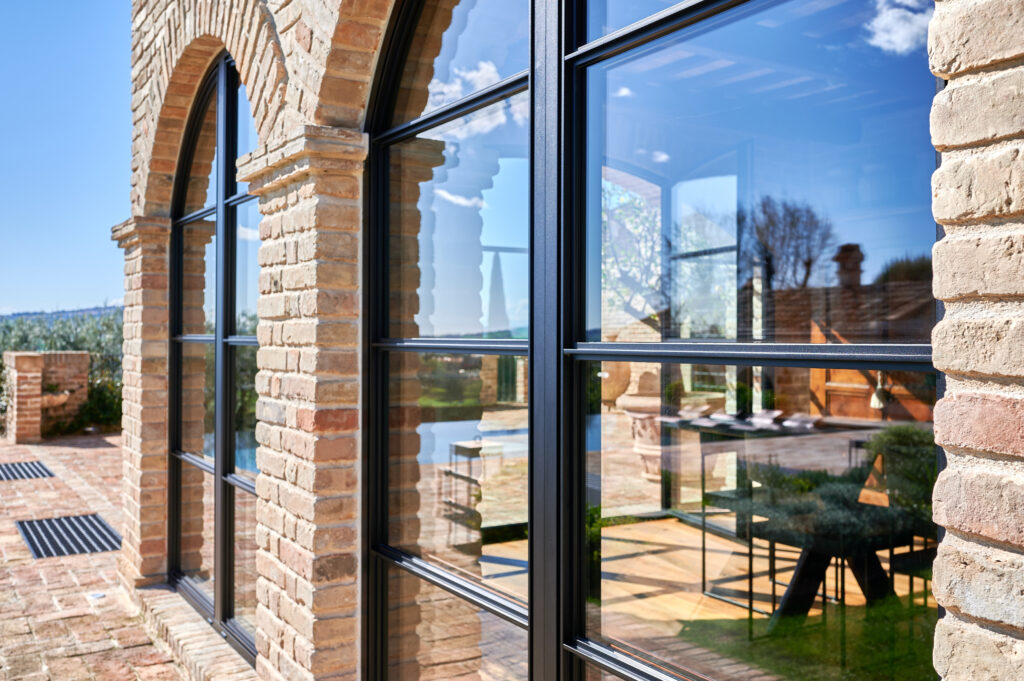Improving the energy efficiency of your home can be a minefield. With many different home improvement products vying for attention as the one that will reduce your energy bills the most, it can become confusing and overwhelming. Just looking at windows and doors alone, there are window energy ratings, door energy ratings, u-values, double glazing, triple glazing, thermal breaks, and various types of glass to wade through to decipher the best, most thermally efficient option for your home.
This handy guide explores why it is important to understand your buying options and how to navigate the lingo to ensure you end up with the right windows and doors for you.
Do we need energy efficient windows and doors anymore?
At the time of writing, we have just heard that Prime Minister Rishi Sunak has backtracked on some of the measures he was planning to implement to cut our nation’s carbon footprint. So, maybe energy efficiency isn’t as important as we thought? We would argue that as the ban on the sale of new petrol and diesel cars is postponed and the ban on the sale of fossil fuel boilers is watered down, it becomes even more important for individuals and businesses to increase their own efforts. Not to mention the fact that as well as being good for the environment, energy efficient windows and doors reduce expensive energy bills too.
Most of the windows in UK homes do not meet existing Building Regulations for thermal efficiency. They may have been compliant when they were installed, but new legislation has surpassed the old, which means the potential for improvement is significant.
Here’s what you need to know for your search…
Frequently asked questions about thermally efficient windows and doors
What should I look for if I want energy efficient windows and doors?
Many windows being sold in the UK now carry a Window Energy Rating label like you see on fridges and washing machines. Current government legislation requires windows to achieve a ‘B’ rating or above and doors to achieve a ‘C’ rating or above.
The other way to measure energy efficiency that you may see when researching new windows and doors is by the u-value. The current requirement for u-values is 1.6W/m2K for windows and 1.4W/m2K for doors.

What’s the difference between energy ratings and u-values and which is more important?
Different companies might claim energy ratings or u-values are more important, but the reality is they both offer a good measure of the energy efficiency of a window or door.
Energy ratings consider the thermal transmittance (u-value), the solar factor (g-value), air leakage (l-value) and the energy index, while u-values measure the thermal performance of a window or door. The important thing to remember is to compare like with like.
I have seen the letters BFRC when looking at new windows and doors. What does it mean?
BFRC stands for the British Fenestration Ratings Council and when you see this label, it means the products have had their energy performance independently verified. It prevents less scrupulous suppliers being disingenuous with test results and lets you easily compare windows and doors like for like, with the familiar rainbow label.

Which material is the most energy efficient for my window or door frame?
There are a lot of preconceptions about different materials that are outdated compared with the technologies available today. For example, as an aluminium supplier we still hear people asking whether the material is too cold to use for windows and doors, but any quality aluminium product on the market today will contain a thermal break which means it is among the most energy efficient options. All materials, PVC-U, timber and aluminium can achieve the highest BFRC A++ rating, so it really comes down to budget, and a personal choice on how you want your windows to look.
What should I be looking for in terms of glazing?
Some companies are now offering both double and triple glazed windows as the drive for more thermally efficient products continues. If you are looking at triple glazed windows, make sure the frame is strong enough to handle the additional weight of the sealed unit inside.
You may also see a reference to Low-E glass while doing your research. Low-E refers to low-emissivity and is a type of glass that reduces the amount of infrared and ultraviolet light that comes through the glass, without minimising light in the home. The microscopically thin coating reflects the heat from inside the home, back into the room to keep the temperature inside consistent.
How much money will I save on my fuel bills?
The burning question most people want to know when sourcing new windows and doors, is how much of an impact they will have on expensive energy bills. According to the Energy Saving Trust installing A-rated double glazed windows in an entirely single-glazed semi-detached gas heated property could equate to a saving of £155/year and 375kg of carbon dioxide. If you installed A++ rated windows, the savings could increase to £170/year and 410kg of carbon dioxide.

Taking the first step
When researching new windows and doors for your property it’s easy to fall down a rabbit hole of information. There are a surprising number of options when you start looking into this home improvement category and it can become overwhelming. If you would like a friendly, approachable installation company to talk to about energy efficiency and more, feel free to contact one of our Reynaers at Home partners who will be happy to help.
Happy window shopping!
Need professional advice on design, specification or installation?
We have a network of carefully selected Partners who will help guide you through your home transformation process.
